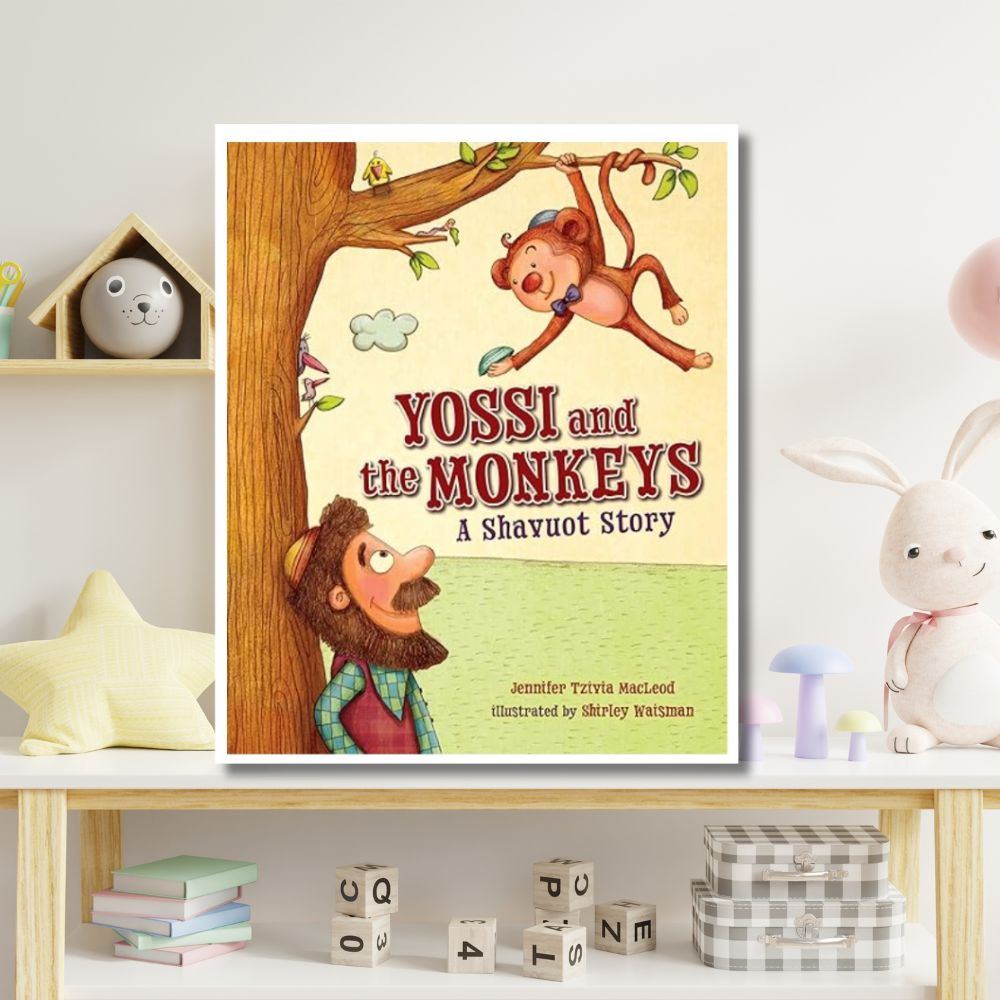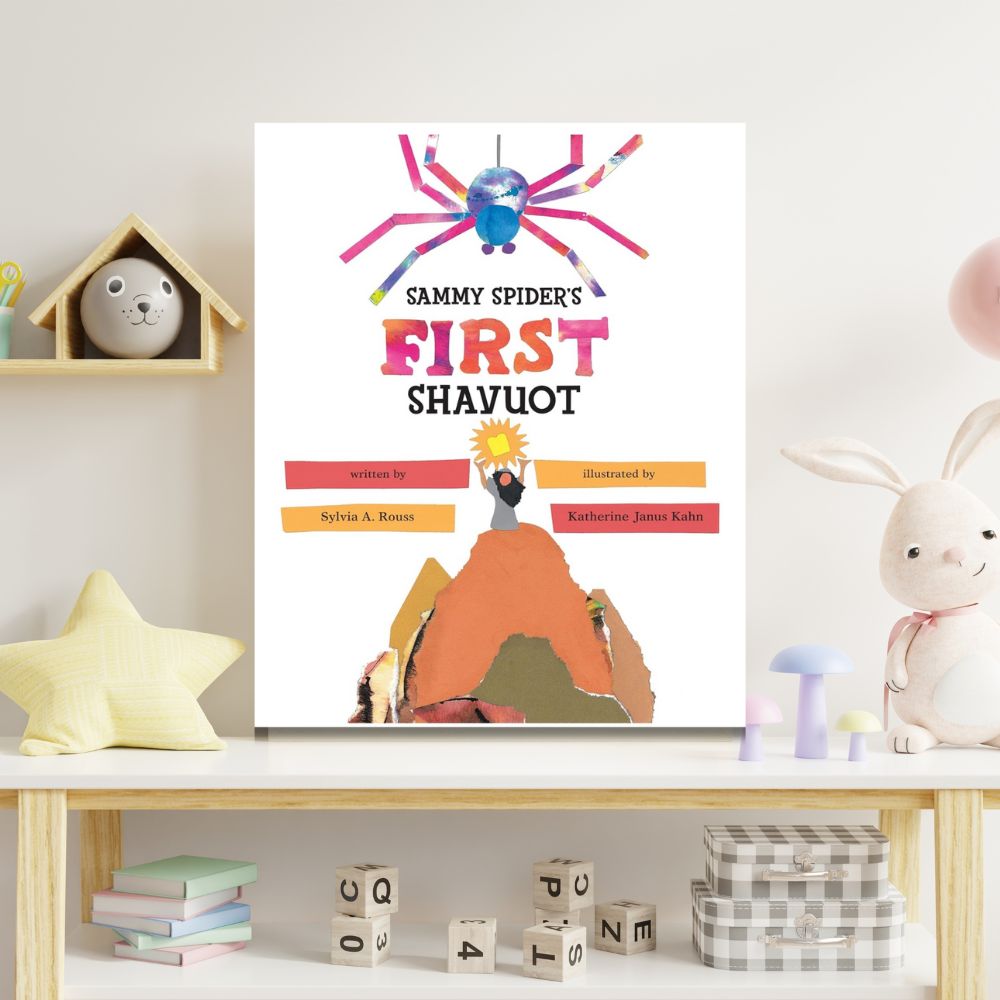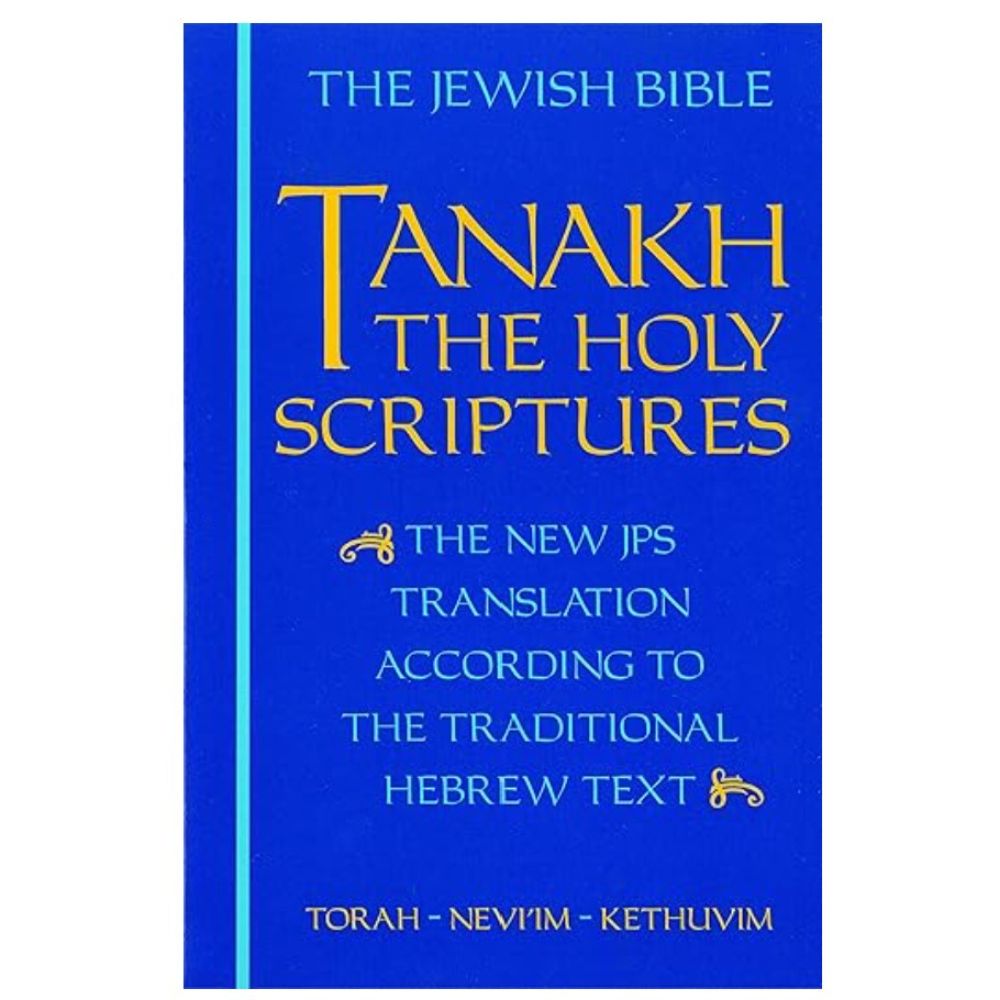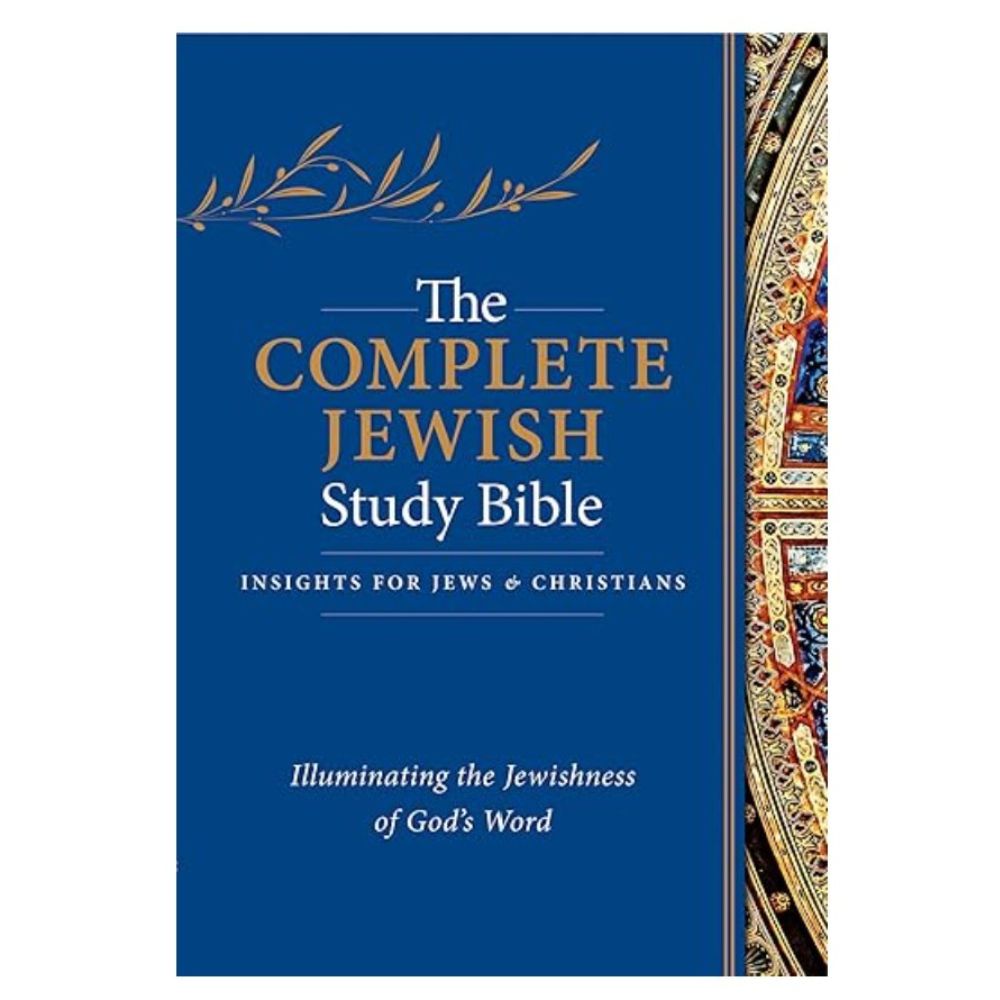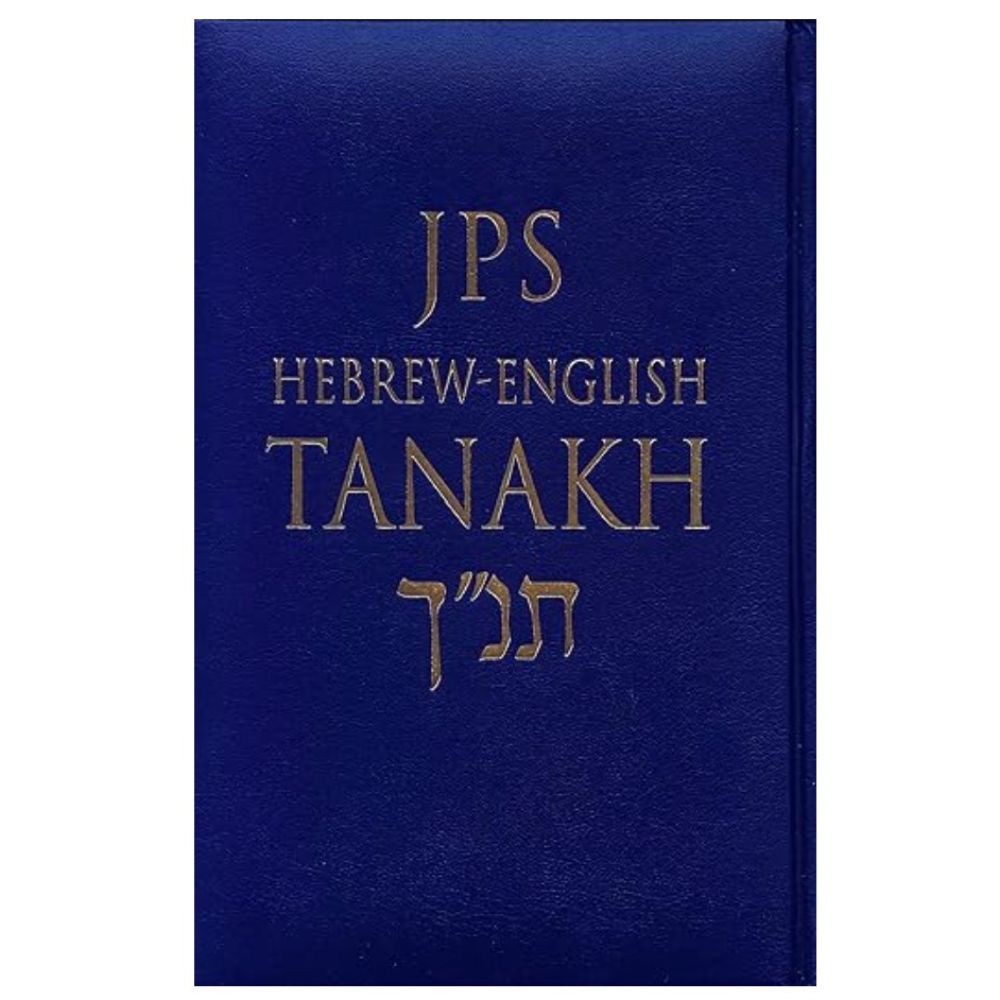Most Commonly Asked Questions about Shavuot
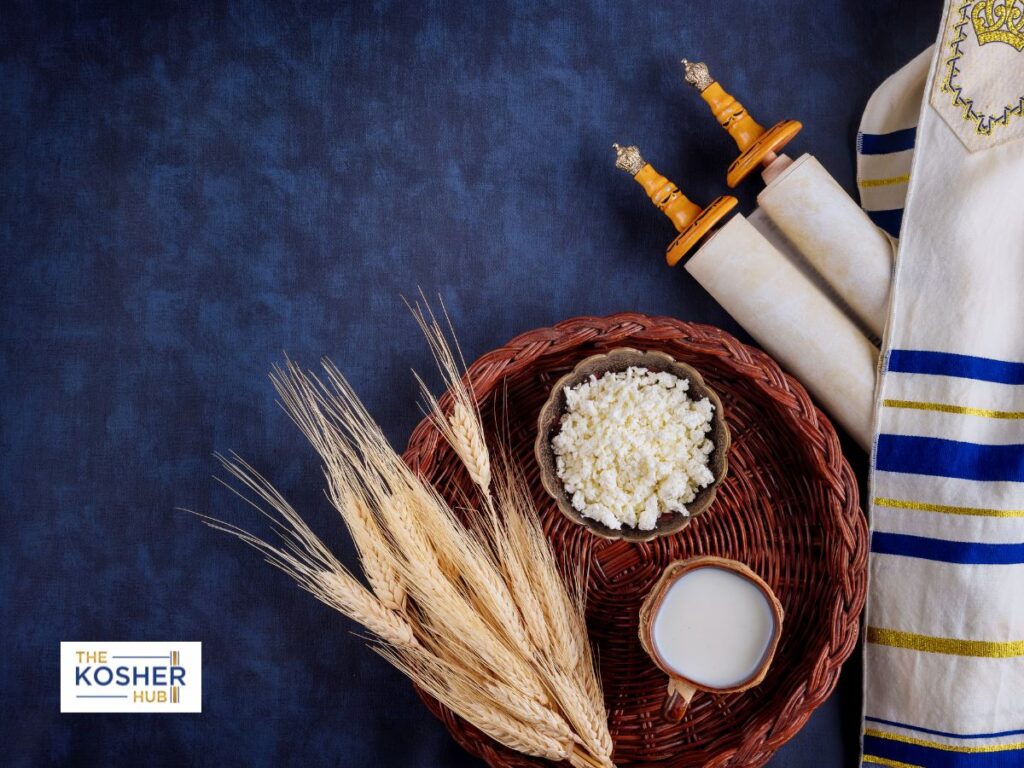

Shavuot and Pentecost
✅ Similarities
Timing:
Both are celebrated 50 days after a major religious festival.
Shavuot: 50 days after Passover.
Pentecost: 50 days after Easter.
Biblical Roots:
Both have origins in the Hebrew Bible/Old Testament.
Shavuot is explicitly commanded in the Torah.
Pentecost is mentioned in Acts 2, occurring during the Jewish Shavuot.
Connection to Harvest:
Shavuot is a harvest festival, marking the wheat harvest.
Pentecost is sometimes spiritually likened to a “harvest of souls” due to the conversion of many (Acts 2).
Associated with Revelation:
Shavuot: Commemorates the giving of the Torah at Mount Sinai.
Pentecost: Celebrates the giving of the Holy Spirit to the apostles.
Pilgrimage Festival:
Shavuot is one of the Shalosh Regalim (three pilgrimage festivals) when Jews would go to the Temple.
Pentecost drew Jews from all over to Jerusalem, which explains the international audience in Acts 2.
❌ Differences
Religious Tradition:
Shavuot is a Jewish holiday.
Pentecost is a Christian holiday.
Core Meaning:
Shavuot marks the giving of the Law (Torah).
Pentecost marks the descent of the Holy Spirit and the beginning of the Christian Church.
Practices and Symbols:
Shavuot includes Torah readings, dairy meals, and studying all night (Tikkun Leil Shavuot).
Pentecost includes church services, red vestments (symbolizing fire and the Spirit), and sacraments like baptism.
Scriptural Emphasis:
Shavuot readings include Exodus 19–20, Ruth, and the Ten Commandments.
Pentecost focuses on Acts 2 and the birth of the Church.
Observance Date Variability:
Shavuot is observed on the 6th of Sivan (fixed in the Hebrew calendar).
Pentecost is celebrated on the 50th day after Easter, so its Gregorian date changes yearly.
10 Shavuot Art Ideas
Here are 10 fun and meaningful Shavuot activities for kids, blending education, creativity, and tradition:
🧒 1. Create Ten Commandments Tablets
Make mini tablets from cardboard, clay, or salt dough.
Write or draw the Ten Commandments in simple words or symbols.
🧁 2. Bake Dairy Treats
Prepare traditional Shavuot foods like cheesecake, blintzes, or mac and cheese.
Let kids mix, decorate, or use cookie cutters.
📖 3. Read the Story of Ruth
Share a kid-friendly version of the Book of Ruth, which is traditionally read on Shavuot.
Create a puppet show or draw storyboards based on the story.
🌾 4. Make Harvest Crafts
Use paper, real grains, or pasta to create wheat stalks, fruit baskets, or decorative sheaves.
Talk about Shavuot’s agricultural roots.
🌙 5. Have a Tikkun Leil Shavuot for Kids
A shortened, fun “study night” with stories, games, and Torah trivia.
Include snacks and prizes to keep them engaged.
🎨 6. Decorate with Flowers
Create paper flower garlands or tissue paper bouquets.
Shavuot is linked to Mount Sinai being in bloom during the giving of the Torah.
✡️ 7. Torah-Themed Scavenger Hunt
Hide clues or Torah-related items around the house or yard.
End the hunt with a small reward or a Torah-themed book.
🧩 8. Shavuot Puzzle or Matching Game
Create printable games that match symbols (e.g., Torah, wheat, milk) with meanings.
Great for preschool and early elementary ages.
🎤 9. Shavuot Songs and Dance
Teach simple Hebrew or English songs about Shavuot, like “Torah, Torah” or “I Got the Torah.”
Let kids choreograph their own dance.
🖌️ 10. Mount Sinai Diorama
Use a shoebox, clay, paper, or LEGOs to build Mount Sinai with Moses, clouds, and the tablets.
Retell the giving of the Torah using the model.
Shavout and Simchat Torah Differences
🕊️ Shavuot (Festival of Weeks)
📅 When:
Celebrated on the 6th of Sivan, 50 days after Passover.
🕍 What It Commemorates:
The giving of the Torah to the Israelites at Mount Sinai.
Also marks the wheat harvest in ancient Israel (agricultural origin).
✡️ Religious Significance:
One of the Shalosh Regalim (three pilgrimage festivals), along with Passover and Sukkot.
Highlights the covenant between God and the Jewish people through the Torah.
🎉 Common Traditions:
All-night Torah study (Tikkun Leil Shavuot).
Reading the Ten Commandments in synagogue.
Reading the Book of Ruth.
Eating dairy foods, like cheesecake and blintzes.
Decorating homes and synagogues with flowers and greenery.
📖 Simchat Torah (Rejoicing in the Torah)
📅 When:
Celebrated on the 23rd of Tishrei, right after the week-long festival of Sukkot (often paired with Shemini Atzeret).
🕍 What It Commemorates:
Marks the completion of the annual cycle of Torah readings and the immediate beginning of a new cycle.
A celebration of the Torah itself, not a historical event.
✡️ Religious Significance:
Symbolizes joy in Torah study and commitment to Jewish learning.
Unique to post-biblical Jewish tradition (not mentioned in the Torah).
🎉 Common Traditions:
Dancing and singing with Torah scrolls (hakafot) around the synagogue.
Children often carry flags and candy.
Reading the last portion of Deuteronomy and immediately starting Genesis.
Festive meals and celebrations.
| Holiday | Shavuot | Simchat Torah |
|---|---|---|
| Timing | 50 days after Passover (Sivan) | Day after Sukkot (Tishrei) |
| Commemorates | Giving of the Torah at Sinai | Completing and restarting Torah |
| Key Rituals | Torah study, Ten Commandments | Dancing with scrolls, joyful readings |
| Foods | Dairy dishes | Candy and festive meals |
| Symbolism | Covenant and revelation | Love and joy in learning Torah |
Shavuot and Sukkot Differences
| Aspect | Shavuot | Sukkot |
|---|---|---|
| 📅 Date | 6th of Sivan (May–June) | 15th–21st of Tishrei (September–October) |
| ⏳ Length | 1 day (Israel), 2 days (diaspora) | 7 days (plus Shemini Atzeret/Simchat Torah) |
| 🕍 Purpose | Commemorates giving of the Torah at Sinai | Remembers wandering in the desert and God’s protection |
| 🌾 Agricultural Meaning | Wheat harvest / First fruits (Bikkurim) | Final harvest / Ingathering (Feast of Booths) |
| 📖 Biblical Reading | Ten Commandments, Book of Ruth | Book of Ecclesiastes (Kohelet), Torah about Sukkot laws |
| 🏠 Main Symbol | Torah / Mount Sinai | Sukkah (temporary booth) |
| 🍽️ Food Traditions | Dairy foods like cheesecake, blintzes | Eating meals in the sukkah, often with symbolic fruits |
| 🌙 Night Ritual | Tikkun Leil Shavuot (all-night study) | No all-night study, but nightly sukkah meals |
| 🎉 Atmosphere | Spiritual, study-focused | Joyful, nature-centered, family-oriented |
| 🔯 Torah Command | Bring offering, celebrate Torah | Live in sukkah, wave Four Species (Lulav and Etrog) |
Shavuot and Passover Differences
Here is a clear comparison of Shavuot and Passover (Pesach) — both are major Jewish festivals and part of the Shalosh Regalim (Three Pilgrimage Festivals), but they differ in timing, theme, and practice.
📊 Shavuot vs. Passover – Key Differences
| Aspect | Shavuot | Passover (Pesach) |
|---|---|---|
| 📅 Date | 6th of Sivan (May–June) | 15th–22nd of Nisan (March–April) |
| ⏳ Length | 1 day (Israel), 2 days (diaspora) | 7 days (Israel), 8 days (diaspora) |
| 📖 Historical Event | Giving of the Torah at Mount Sinai | Exodus from Egypt, freedom from slavery |
| 🌾 Agricultural Link | Wheat harvest, first fruits (Bikkurim) | Barley harvest begins |
| 📜 Main Text Read | Ten Commandments, Book of Ruth | Haggadah at the Seder, Exodus story |
| 🍽️ Food Traditions | Dairy foods (e.g., cheesecake, blintzes) | No chametz, eat matzah, bitter herbs |
| 🌙 Special Night | Tikkun Leil Shavuot (Torah study all night) | Seder Night(s) with storytelling and rituals |
| 🕍 Main Theme | Receiving the Torah, spiritual commitment | Freedom and redemption, God’s deliverance |
| 🧱 Symbolic Items | Torah, flowers, Mount Sinai | Matzah, maror (bitter herbs), wine, Seder plate |
| 🔯 Tone/Feel | Spiritual and celebratory | Reflective, historical, and celebratory |
🧠 In Summary:
Passover commemorates physical freedom (from Egypt).
Shavuot celebrates spiritual freedom (receiving the Torah).
They are connected by time — Shavuot happens 50 days after Passover.
Shavuot and Shabbat
Shavuot and Shabbat are both important in Judaism, but they are quite different in purpose, frequency, and observance. Here’s a clear comparison:
📊 Shavuot vs. Shabbat – Key Differences
| Aspect | Shavuot | Shabbat |
|---|---|---|
| 📅 When | Once a year – 6th of Sivan (May–June) | Every week – from Friday sunset to Saturday night |
| 🕍 Meaning | Commemorates the giving of the Torah at Sinai | Celebrates God’s rest on the 7th day of creation |
| ⏳ Frequency | Annual holiday | Weekly observance |
| 🔯 Origin | Biblical festival (Exodus, Leviticus) | Creation story (Genesis), Ten Commandments |
| 🌾 Agricultural Link | Wheat harvest and first fruits (Bikkurim) | None directly; more spiritual/rest-focused |
| ✡️ Rituals | Torah reading (Ten Commandments), Tikkun Leil Shavuot | Lighting candles, Kiddush, resting, synagogue services |
| 🍽️ Food Traditions | Dairy foods, festive meals | Traditional meals, often meat-based, challah, wine |
| 📖 Special Texts | Book of Ruth, Ten Commandments | Weekly Torah portion (Parashat haShavua) |
| 💼 Work Restrictions | Yes, like Shabbat – no work permitted | Yes – complete day of rest, no work |
| 🎉 Tone/Feel | Joyous, spiritual, celebration of learning | Restful, peaceful, spiritual renewal |
🧠 In Summary:
Shabbat = Weekly day of rest honoring creation and covenant
Shavuot = Yearly festival celebrating the giving of the Torah
Both are sacred and involve rest and synagogue worship, but Shavuot is a festival with historical and agricultural roots, while Shabbat is a cornerstone of Jewish weekly life.
Blessing Over Shabbat Candles
Recite the correct blessing when you are
Blessing the Shabbat Candles
In Hebrew, English or the Transliterated Versions
Get your PDF here for FREE


Shavuot Bible Verses
Here are some key Bible verses associated with Shavuot, also known as the Feast of Weeks or Pentecost. This holiday commemorates two main events:
The giving of the Torah at Mount Sinai.
The first fruits (Bikkurim) offering during the harvest season.
1. Torah Giving at Mount Sinai
Shavuot marks the day God gave the Torah to Israel at Mount Sinai. This is not directly dated in the Torah, but Jewish tradition places it on the sixth of Sivan, aligning with Shavuot.
Exodus 19:1–6 (ESV)
“On the third new moon after the people of Israel had gone out of the land of Egypt… they came into the wilderness of Sinai…”Exodus 19:16–20
“On the morning of the third day there were thunders and lightnings… and the whole mountain trembled greatly… and the Lord came down on Mount Sinai…”Exodus 20:1–17
(The Ten Commandments)
2. Festival of Weeks and Firstfruits
Shavuot is one of the Shalosh Regalim (three pilgrimage festivals), and it marks the conclusion of the counting of the Omer.
Leviticus 23:15–21
“You shall count seven full weeks from the day after the Sabbath… You shall bring from your dwelling places two loaves… a grain offering of new grain…”Deuteronomy 16:9–12
“You shall count seven weeks… Then you shall keep the Feast of Weeks to the Lord your God with the tribute of a freewill offering…”Numbers 28:26–31
“On the day of the firstfruits, when you offer a grain offering of new grain to the Lord at your Feast of Weeks…”
3. New Testament (Pentecost)
In Christian tradition, Pentecost (Greek for “50th day”) is celebrated as the day the Holy Spirit descended on the Apostles.
Acts 2:1–4 (ESV)
“When the day of Pentecost arrived, they were all together in one place… and they were all filled with the Holy Spirit…”
The Shavuot Book of Ruth
The Book of Ruth, traditionally read during Shavuot, is a short but powerful story with themes that deeply resonate with the holiday. Here’s what it’s about and why it’s linked to Shavuot:
📖 Summary of the Book of Ruth
Chapters 1–4 Overview:
Ruth’s Loyalty (Chapter 1):
Ruth, a Moabite widow, chooses to stay with her Israelite mother-in-law, Naomi, after the death of their husbands. She utters the famous words:
“Where you go, I will go… your people shall be my people, and your God my God.” (Ruth 1:16)Ruth Meets Boaz (Chapter 2):
Ruth gleans in the fields to support Naomi and meets Boaz, a wealthy relative who shows her kindness and protects her.A Proposal at the Threshing Floor (Chapter 3):
Naomi encourages Ruth to seek Boaz as a “kinsman-redeemer.” Ruth approaches Boaz at night, and he agrees to redeem her if a closer relative declines.Marriage and Lineage (Chapter 4):
Boaz legally redeems Ruth, marries her, and they have a son, Obed—grandfather of King David, placing Ruth in the Messianic line.
🌾 Why It’s Read on Shavuot
Harvest Setting:
The events of Ruth unfold during the barley and wheat harvest, the exact time of Shavuot.Kindness and Redemption:
Themes of chesed (loving-kindness), loyalty, and redemption parallel the covenantal love in the giving of the Torah.Conversion and Acceptance:
Ruth, a non-Israelite, chooses the God of Israel. Her story reflects the voluntary acceptance of the Torah by Israel at Sinai.Davidic Lineage:
Ruth is the great-grandmother of King David, who, according to tradition, was born and died on Shavuot.
Key Shavuot Blessings
Here are some traditional and meaningful Shavuot blessings used during the holiday. These blessings cover lighting candles, festival meals, and reading the Torah or Ten Commandments. They can be said in Hebrew, transliteration, and English.
🕯️ Candle Lighting Blessing (Erev Shavuot)
Said on the evening of Shavuot, similar to Shabbat and other festivals.
Hebrew:
בָּרוּךְ אַתָּה יְיָ אֱ-לֹהֵינוּ מֶלֶךְ הָעוֹלָם, אֲשֶׁר קִדְּשָׁנוּ בְּמִצְוֹתָיו וְצִוָּנוּ לְהַדְלִיק נֵר שֶׁל יוֹם טוֹב.
Transliteration:
Baruch Atah Adonai, Eloheinu Melech ha’olam, asher kid’shanu b’mitzvotav v’tzivanu l’hadlik ner shel Yom Tov.
English:
Blessed are You, Lord our God, King of the Universe, who has sanctified us with His commandments and commanded us to light the festival candle.
🎉 Shehecheyanu (First Night Only)
Said on the first night of Shavuot to thank God for reaching this season.
Hebrew:
בָּרוּךְ אַתָּה יְיָ אֱ-לֹהֵינוּ מֶלֶךְ הָעוֹלָם, שֶׁהֶחֱיָנוּ וְקִיְּמָנוּ וְהִגִּיעָנוּ לַזְּמַן הַזֶּה.
Transliteration:
Baruch Atah Adonai, Eloheinu Melech ha’olam, shehecheyanu v’kiy’manu v’higi’anu lazman hazeh.
English:
Blessed are You, Lord our God, King of the Universe, who has granted us life, sustained us, and enabled us to reach this season.
📜 Blessings Before the Torah Reading
Typically recited when the Ten Commandments are read in synagogue on Shavuot.
Before Reading:
Hebrew:
בָּרוּךְ אַתָּה יְיָ אֱ-לֹהֵינוּ מֶלֶךְ הָעוֹלָם, אֲשֶׁר בָּחַר בָּנוּ מִכָּל הָעַמִּים, וְנָתַן לָנוּ אֶת תּוֹרָתוֹ. בָּרוּךְ אַתָּה יְיָ, נוֹתֵן הַתּוֹרָה.
Transliteration:
Baruch Atah Adonai, Eloheinu Melech ha’olam, asher bachar banu mikol ha’amim, v’natan lanu et Torato. Baruch Atah Adonai, noten haTorah.
English:
Blessed are You, Lord our God, King of the Universe, who chose us from among all peoples and gave us His Torah. Blessed are You, Lord, Giver of the Torah.
10 Kosher Cheesecake Recipes
🧀 Classic Baked Cheesecakes
New York–Style Cheesecake
A rich, dense cheesecake made with cream cheese, heavy cream, and egg yolks, typically baked in a graham cracker crust.
Israeli-Style Cheesecake
A lighter, airy cheesecake using soft white cheese (gvina levana) or Greek yogurt, often topped with a sour cream layer.
Basque Cheesecake
A crustless, super creamy cheesecake with a caramelized top, offering a unique flavor profile.
Chocolate Chip Cheesecake Pie in Tahini Vanilla Pastry Crust
Combines chocolate chips and tahini in a vanilla pastry crust for a delightful twist.
Strawberry Baked Cheesecake with Basil Compote
A fruity variation topped with a strawberry basil compote, perfect for summer.
❄️ No-Bake Cheesecakes
5-Ingredient No-Bake Cheesecake
A quick and easy recipe using cream cheese, powdered sugar, vanilla extract, heavy cream, and a pie crust.
No-Bake Vegan Caramel Cheesecake Cups
A vegan-friendly option with a nutty crust, creamy filling, and caramel swirl topping.
No-Bake Cheesecake Mousse
A light and fluffy mousse capturing the classic cheesecake flavor without baking.
Marrakech-Style Israeli No-Bake Cheesecake Cups
A blend of American, Israeli, and Moroccan flavors in colorful cheesecake cups.
No-Bake Chocolate Strawberry Cheesecake Trifle
Layers of crunchy cookies, creamy cheesecake, and fresh berries for a delightful dessert.


Shavuot dates from 2025 - 2035
Here are the Shavuot dates from 2025 to 2035. Shavuot begins at sundown and continues for one day in Israel and two days in the Diaspora (outside of Israel).
| Year | Shavuot Begins (at Sundown) | Ends (Nightfall) |
|---|---|---|
| 2025 | Sunday, June 1 | Tuesday, June 3 |
| 2026 | Thursday, May 21 | Saturday, May 23 |
| 2027 | Thursday, June 10 | Saturday, June 12 |
| 2028 | Tuesday, May 30 | Thursday, June 1 |
| 2029 | Saturday, May 19 | Monday, May 21 |
| 2030 | Thursday, June 6 | Saturday, June 8 |
| 2031 | Tuesday, May 27 | Thursday, May 29 |
| 2032 | Saturday, May 15 | Monday, May 17 |
| 2033 | Thursday, June 2 | Saturday, June 4 |
| 2034 | Tuesday, May 23 | Thursday, May 25 |
| 2035 | Tuesday, June 12 | Thursday, June 14 |
Note: In Israel, Shavuot ends the day after it begins (e.g., June 2, 2025). Outside of Israel, it is a two-day holiday.
FREE JEWISH WALL CALENDAR 2025/5785
The Kosher Hub has designed a beautifully iconic Jewish Calendar with all the important holidays for this coming year that you can download for FREE.




“As an Amazon Affiliate we earn from qualifying purchases”
